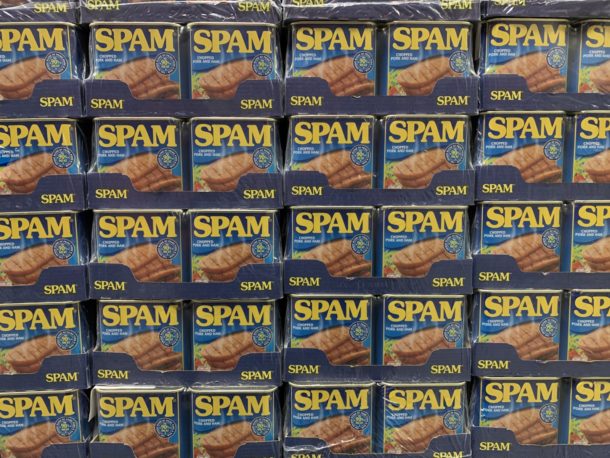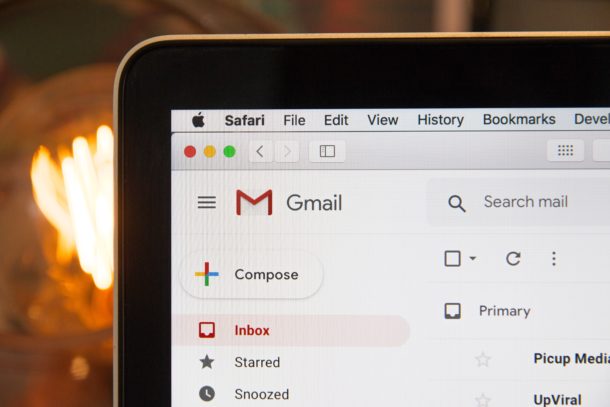Is it normal to lose subscribers? Yes, it is absolutely normal to lose some email subscribers once in a while. But what is not normal is losing tons of them all at once, and when you notice this happening, you need to take action quickly.
A simple mistake, such as having bad email subject lines is enough to trigger your subscribers not to read your emails. Understanding why your subscribers are disengaging is crucial if you are serious about taking your email marketing to the next level.
That said, let’s see why your subscribers are ignoring your emails.
1. You are triggering their spam filters

Emails detected as spam skip your subscribers’ inboxes and end up in the spam folders. That automatically means your subscribers will not see and read your emails. Choosing your words carefully, especially those on the subject lines, is one way to stop your emails from being flagged as spam.
2. Your email lists are inaccurate or outdated
A research study conducted by Marketing Sherpas revealed that about 22.5% of email marketing databases experience organic decay. This can explain why your email marking campaigns are not paying off. Updating your email database will help you know the exact number of active subscribers you have and the best way to engage them through emails. It is better to have a small list than a huge one that is not helpful at all.
3. Adding bad email subject lines

Are your email subject lines enticing? If not, that could be another reason why your subscribers never bother to open and read your emails. Keep in mind that you are not the only one sending emails to your subscribers. They are also receiving emails from other sources. Adding eye-catching email subject lines not only grabs their attention at first glance, but stops them from deleting your email.
4. Email frequency is too high
Sending too many emails often is a bad idea. A survey conducted by Adobe revealed that 45% hate it when they get emailed too often by the same brand. Another study by TechnologyAdvice found that 45.8% of Americans are uncomfortable with brands that send emails too often. Forty-five percent is a huge amount and one that speaks volumes against flooding your subscribers inboxes with emails often. Coming up with a strategy that defines the frequency of sending emails is extremely helpful. The other approach is allowing your subscribers to choose how often they would like to receive emails.
5. They never opted in
Never assume you have the right to email someone. Would you be happy to receive emails from brands you never opted into? Of course not. Why then force your emails on others, especially those who never subscribed in the first place?
If you collected email addresses naturally, but are not sure whether the recipients are interested in being emailed often, consider first sending a re-engagement email. That way, you will know those who don’t want to be emailed and those ready to receive more emails.
6. You have not optimized for mobile

Most people open emails on their smartphones and tablets. This means your emails must be responsive, otherwise, you will be in for a rough ride. Research shows that about 71.2% of people delete emails immediately if they don’t display well. That is something you don’t want to have happen to you when looking to engage your subscribers. So, before you hit the submit button, always make sure your emails are optimized to display on all devices.
7. Your content is not unique

Poorly crafted content will not reward your email marketing efforts in any way. Do you love reading general emails? Of course not. Then make sure your emails are engaging to an extent your subscribers will crave for more. If you find it challenging to create unique emails, consider hiring someone for the job. Fortunately, today it is easier to find professionals that do this for a fairly decent price.
8. You’re not personalizing or segmenting properly

Personalizing and segmenting emails go hand in hand, and when done well, they increase engagement and revenue. A search done by Campaign Monitor shows that segmenting email campaigns boost revenue.
9. You are asking too much
It is not a crime to ask too much from your subscribers, but before you do that, it is a good idea to prove your value. That way, even when you ask for more, your subscribers will not feel bothered.
When you prove your value, your subscribers will always be coming back for more. So, before you rush to hit the inboxes of your subscribers with a lot of demands, make sure you have proven that you are a valuable asset.
10. Email fatigue
How often do your subscribers want to hear from you? Multiple times a week or once per month? Not being certain about the frequency at which your subscribers want to hear from you can lead to a scenario where you exhaust them with over-communication.
Initially, it may not be possible to tell how often they want to hear from you, but with time, it will be possible if you carefully watch your engagement metrics.
11. Wrong time of the day

What is the best time to send emails? In the morning, afternoon, or evening? Honestly, you can send emails at any time of the day, but it is best to send them when your subscribers are available to read them. If you are confident that they are not busy in the afternoon and likely to read your mails, go ahead and click send. Otherwise, continue sending emails at different times until you come up with a reliable strategy.
12. Your newsletter is not helpful
Ever signup to receive helpful articles on various topics and end up getting something different? If yes, you know how it feels. Now put yourself in the shoes of your subscribers. Do you think they read subsequent emails once you send them the wrong content? Of course not. Sharing the content you promised is one way of keeping your subscribers engaged. If you have to share different content, make sure to send an alert in advance.
13. Too much promotion
While it is a good idea to send promotional content, too much can backfire. If you have to send promotions, deals, or flash sales, do that at the right frequency. Alternatively, try sending appealing content like testimonials and behind the scenes look at your business instead. If you are creative enough, your subscribers will not feel bothered by your promotions.
14. Your “From” Address Isn’t Personal

There is a trend where companies send emails from a generic email address. For example, help@xxx.com, workplus@www.com, and so on. While it is no crime using such email addresses, to some of your subscribers, you create a picture of auto-generated emails.
Now, what makes more sense? Replying to an auto-generated email or responding to one written by a human? Of course, reverting to those written by humans makes sense. So keep this in mind when emailing your subscribers.
Conclusion
As you can see, there are many possible reasons why your subscribers are ignoring your emails. Fortunately, it is possible to fix this fairly easily so you can get back to engaging with them quickly. We have given you possible reasons and solutions to a number of scenarios. It is now your turn to make the necessary changes and take your email marketing to the next level.
